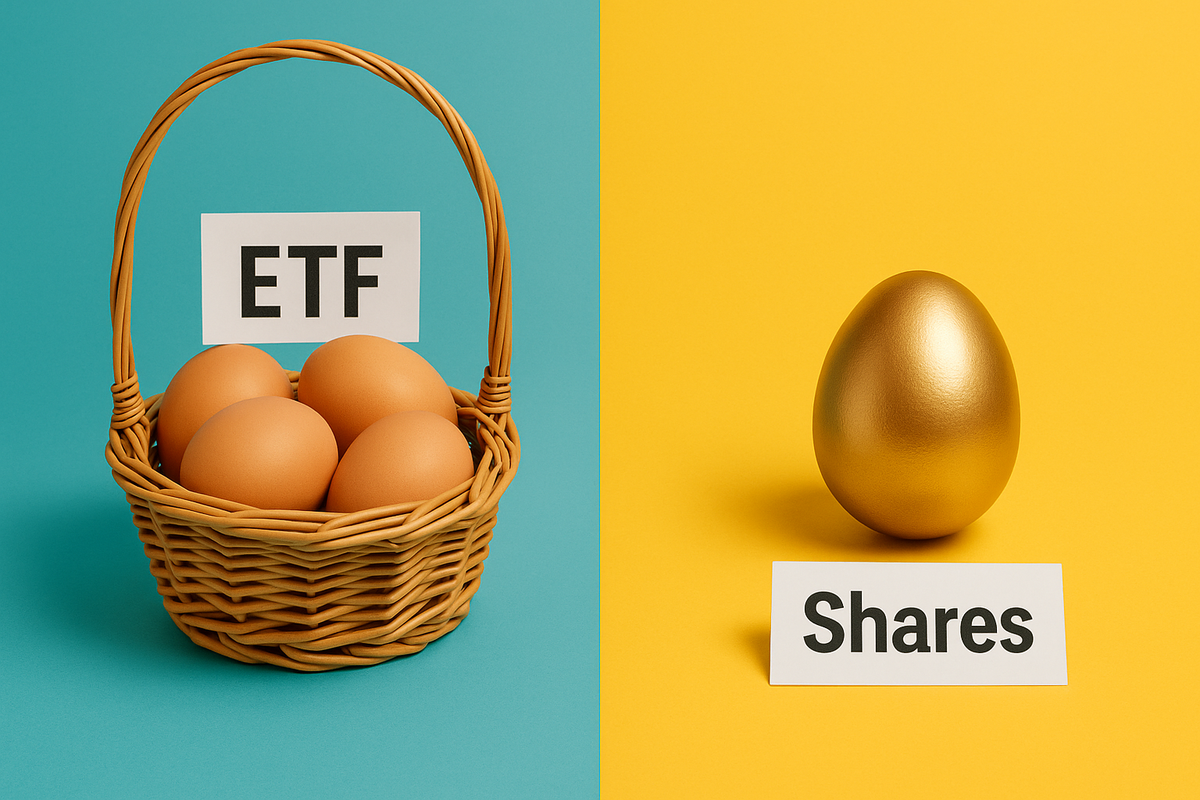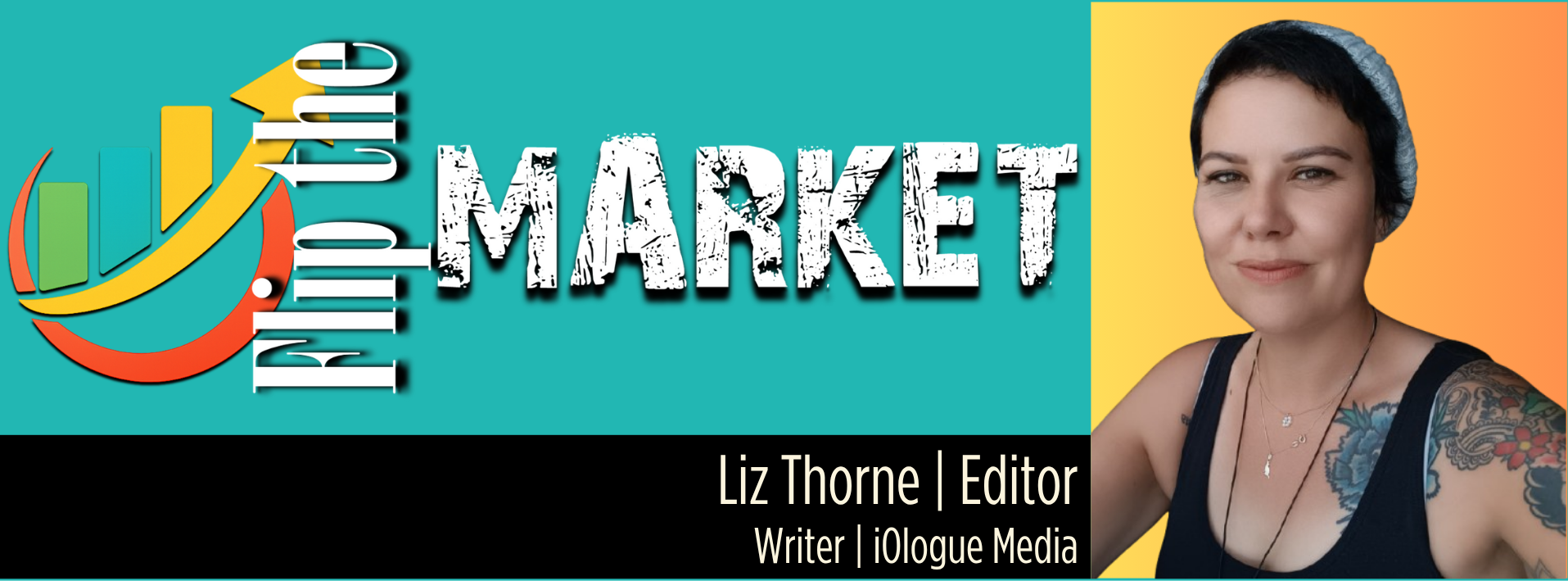ETFs versus local shares: Smart diversification for SA millennial portfolios
Which one’s smarter for your money? SA millennials, it’s time to stop guessing and start building.


Diversification is one of the oldest rules in investing, and also one of the most ignored. Too many South Africans are still betting big on individual stocks while ignoring the subtle power of exchange-traded funds (ETFs). If you're under 45, earning in rand, and trying to build long-term wealth, you need both in your arsenal. The question is not which one is better, but where each one fits.
What makes ETFs worth your time?
ETFs are basically baskets of investments that trade like shares. Some track broad indices like the S&P 500 or the JSE Top 40, while others target specific sectors like green energy, artificial intelligence, or South African government bonds.
You buy them through your broker just like you would a normal stock, but you’re instantly getting exposure to multiple assets at once. For first-time investors, that’s the draw.
You don’t have to pick winners. You’re buying into the whole team.
In South Africa, popular ETFs include the Satrix Top 40, Sygnia 4th Industrial Revolution, and the Ashburton Global 1200. Most charge fees well below one percent, which matters more than you think.
Over 20 years, a one percent fee difference can siphon off tens of thousands of rand from your returns.
International ETFs (like those from Vanguard or iShares) are also gaining popularity with South Africans using offshore platforms or tax-free savings accounts.
These can offer rand-hedging, giving your portfolio some breathing room when the currency tanks. Just make sure you understand the tax and platform costs involved.
Where local shares still hold their ground
Owning individual JSE-listed shares can still be a power move, especially if you're looking for dividends, want to support specific companies, or prefer more control over your allocation.
Blue chips like Naspers, Capitec, and Shoprite are common staples, but savvy investors are also watching small and mid-cap counters for undervalued plays.

The trade-off is volatility. If one company has a bad earnings season or a CEO scandal, your capital takes a direct hit.
Timing matters. ETFs are great for set-and-forget investors. Shares demand more attention. This isn’t about fearmongering; it's about energy. If you don’t want to babysit your portfolio, ETFs do a lot of the heavy lifting.
The millennial blend
Most younger investors don’t want to choose between the two. They want both, and rightly so. A smart strategy could look something like this:
- Core holding: 60 to 80 percent in ETFs for steady growth and lower fees
- Satellite plays: 20 to 40 percent in individual shares for higher risk/reward
- Regular reviews: every six months (or after major economic shifts)
This combo spreads your risk, lowers your stress, and still gives you the thrill of stock-picking without putting your whole future on one volatile ticker symbol.
Watch the fees, check the platform
Whether you use EasyEquities, OUTvest, Shyft, or another local broker, always check the transaction fees, monthly admin charges, and whether the platform gives you access to both JSE and global ETFs.
Some are geared more toward active trading, others toward long-term investing. If the platform makes it too easy to trade impulsively, that’s a red flag.
Remember: diversification isn’t a magic shield. Markets still dip. Stocks still crash. But with a solid mix of ETFs and local shares, you’re better positioned to grow, adapt and stay in the game longer than most.





Comments ()